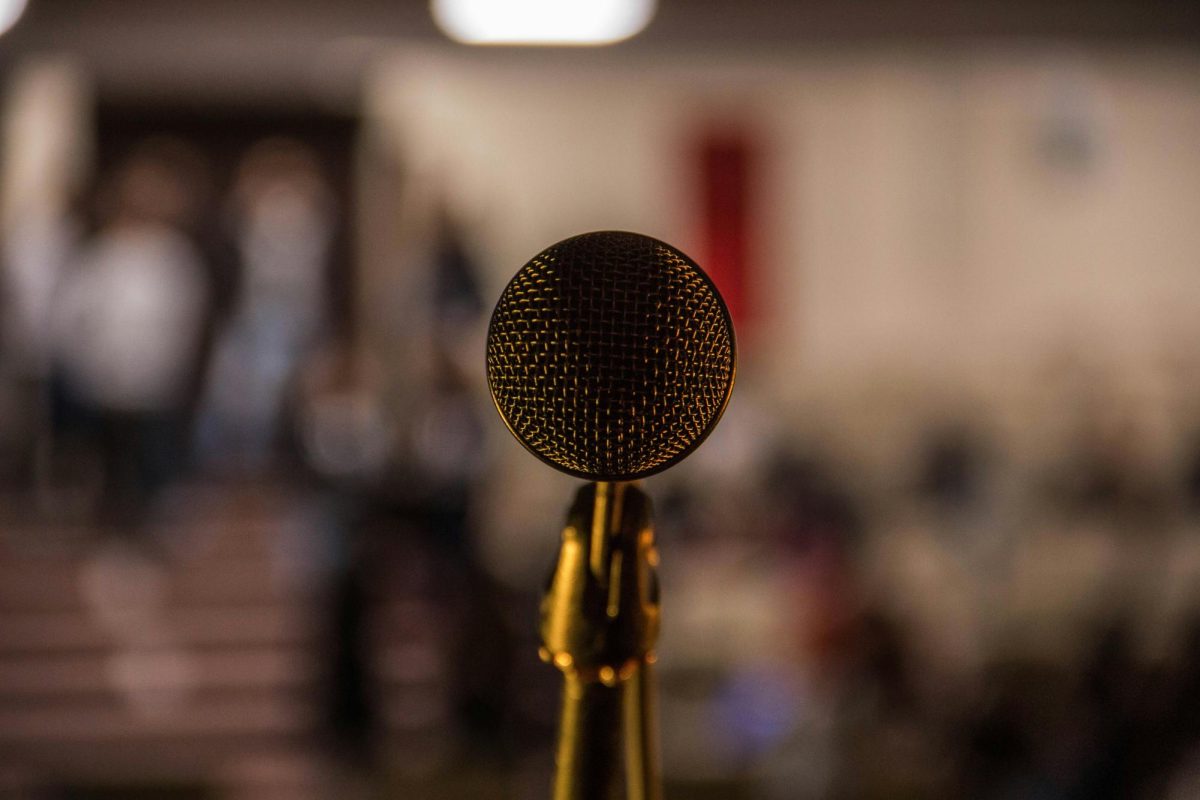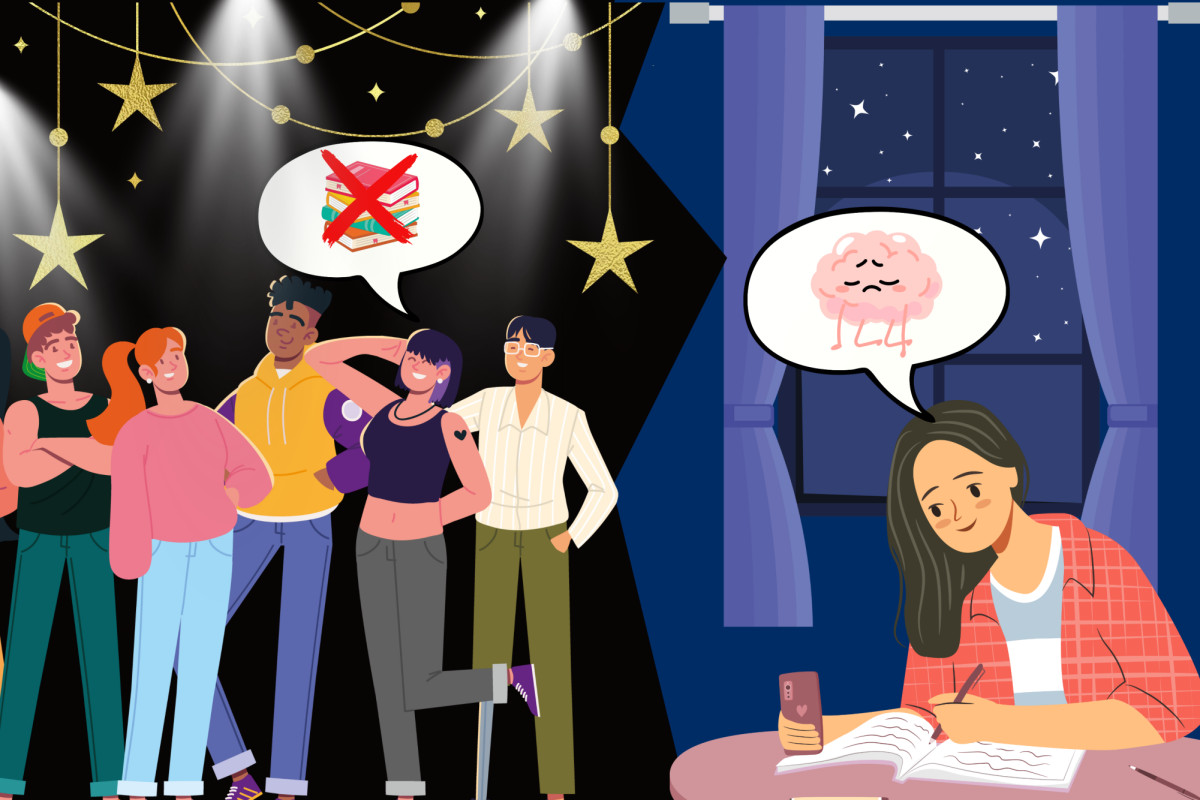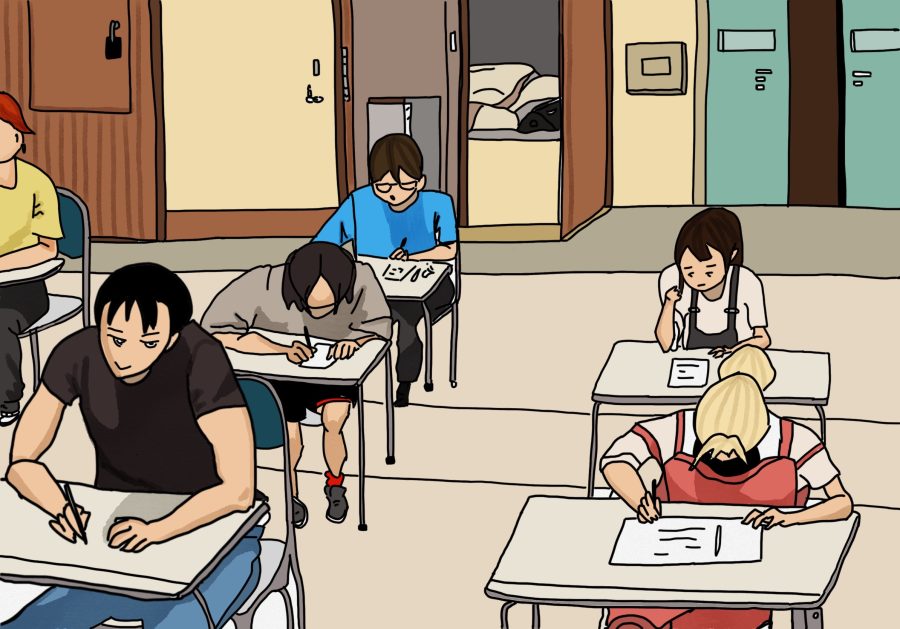The Broadcasted Bigotry of Women
April 19, 2021
As children, we all have learned not to listen to one side of a story. Listening to one side will make us biased, make us discriminate. Yet, women everywhere are tormented by the spread of one story. The spread of lies.
For centuries, women have been depicted as inferior to their male counterparts. Whether it be during the Victorian era, the 1900s, the Suffrage Movement, or even today, women and their truths—their stories—are belittled.
We hear female celebrities speak out on their own about domestic abuse, violence, sexism, but all we see in the media is the ideal woman that every female must strive to become, solely based on appearance. We see the violence women face as they must carry pepper spray and trackers with them on walks, but often all we hear in the media is about the latest lingerie set.
Why is violence suppressed?
Teenagers on social media are met with criticism as they express admiration for their bodies, while others find themselves dieting, exercising, conforming to achieve the ideal body. Women who use social media begin to have doubts about their own body and their own appearance. Eating disorders, body dysmorphia, isolation—all casualties of the silent struggle.
The following students requested to stay anonymous upon being asked for their defining characteristics of the ideal woman’s body:
“The ideal body of a woman to me is someone who is 5’5-5’7 and skinny.”
“I’d say the ideal woman would be between 5’2-5’6 with brown eyes.”
“To me, the ideal woman is taller because, generally, models tend to be taller.”
How can women truly appease society with no definitive standard?
We see it with pads, tampons, and birth control. All three universal necessities, yet at the mention of them in public, women get flustered. The media serves not to educate others on these necessities. It serves to isolate women and their bodies.
This sentiment extends to each and every one of the female students reading this piece. Whether it be body image struggles or conservative views on universal necessities, the pressure that the media allocates to women begins at a young age, victimizing us before the realization sets in. Yet, women find themselves isolated in this battle.
Why do we remain divided?
This division runs rampant, not only between woman and man, but woman and woman. Cancel culture presents itself as not only a way for men to bring their counterparts down, but for women to bring each other down as well.
Women. Against. Women.
Several minority groups in the past, throughout history, have proven the significance of collaboration and unity, yet women find themselves divided when the causes that shape their identity the most rise. When some women display admiration for their bodies, other women disprove. When other women argue for the expectations all women should abide by, some women disprove. These internet strangers aren’t strangers anymore. They are the embodiment of division.
As International Women’s Day allows for women all over the world to reflect on their growth over the course of history, take into account the questions posed above. The choice is yours: unity or division.
Yet, these thoughts still cross the mind: Not all men are at fault. Not all media stations. Not all spectators. Silence is, and has been, an option.
But all women are affected. Silence remains, and always will be, complicit.
Editors’ Note: A previous version of this article referenced “body dysphoria.” It has been changed to “body dysmorphia,” the correct term in this context.























































































